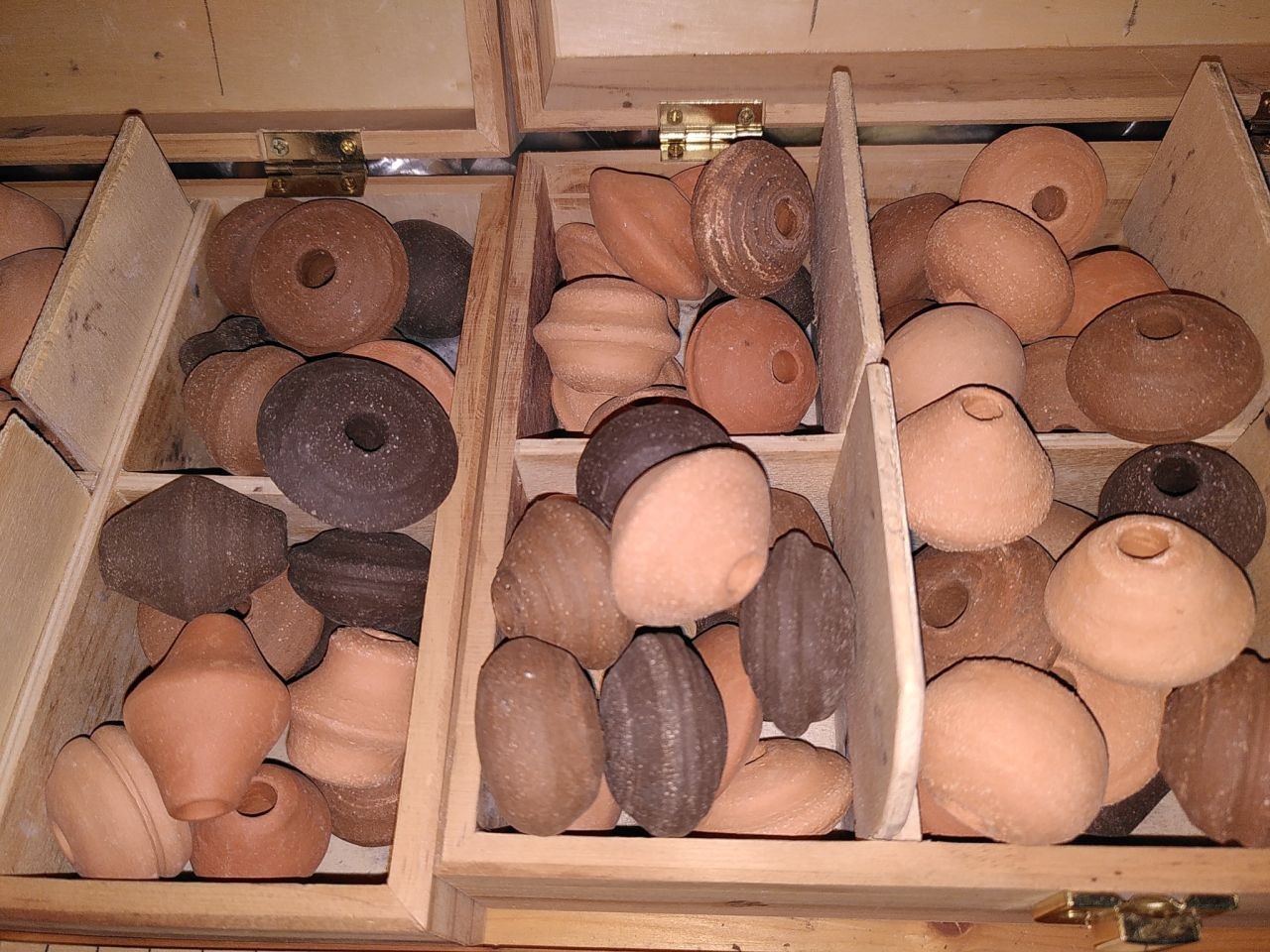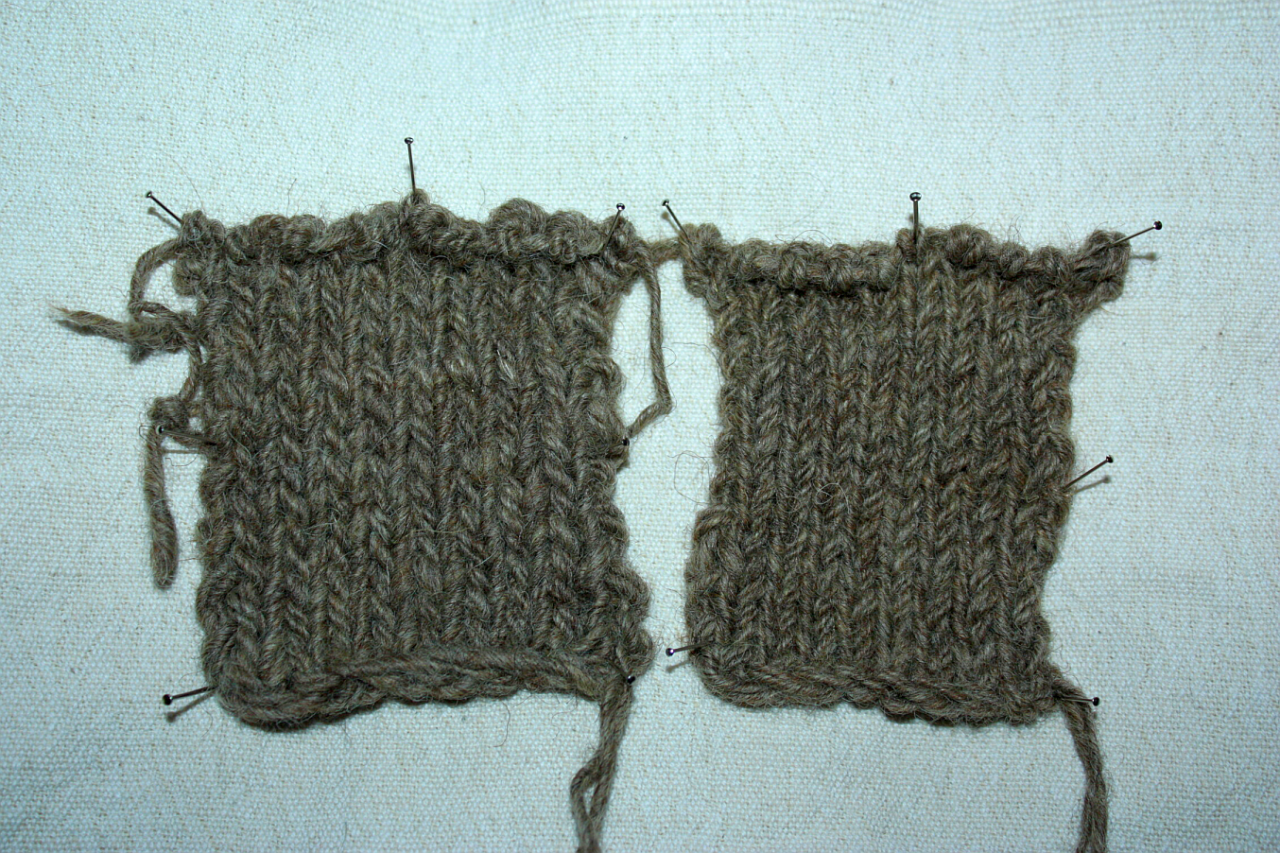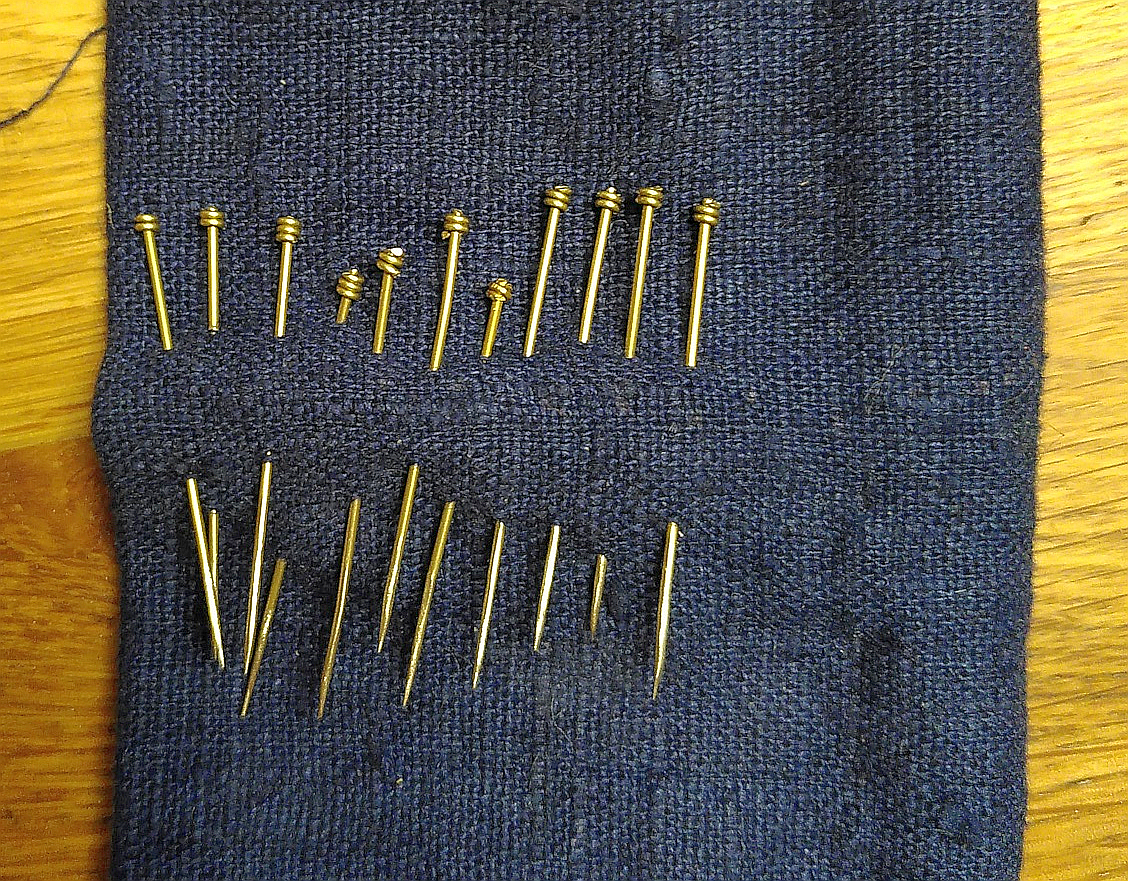Insight of the day? My website is rather large, taken everything together (the years of blogging, with images, have added up, and so do the shop pictures). Which means that if I take backups of the site (a good thing), I should sort of keep an eye on where I put them, and at some point delete them again.
I've been pretty good at doing that on the website/server itself, as there's limited space available there and I would have run out long ago otherwise. Not so good at keeping track of the backup backlog and buildup on my computer itself, where I'll pull older backups (but not so very old) before deleting them from the server, just in case. Or, when there's a larger change on the website coming up or a migration is necessary, I'll pull backups down and do a local install.
Migrations and larger changes usually mean a generous number of backups, too. And I've been rather happy to close the thing after getting everything up and running when I did those larger changes... which means that the backups stayed in their little corner of my computer. No problem and nothing wrong with keeping them for a month or two, mind you, until it's clear that everything is running smoothly with the new setup.
However... after a month or two, I'd totally forget about having them. Until I've recently come across some, neatly and nicely labelled (as opposed to others) and realised how much space they are eating up, all of them combined.
So I've been doing a bit of maintenance on the side. Just in case you now feel like that might be something you should maybe do, here's my two favourite tools for finding and deleting stuff that has served its purposes:
WizTree - this scans your drive and sorts folders by how much space they take up. There's also a nice visual to quickly show you what you have, and how large individual folders and the files therein are.
Anti-Twin - this looks for duplicate files and lets you remove them (either by selecting them manually, or by folder, or other criteria). It has not been updated since 2012, but it's still downloadable and does work with Windows 10, and according to the site also Windows 11.
As always, make sure you know what you're doing before deleting things - but don't be like me and hold on to ten year old double backups, just in case! ; )






